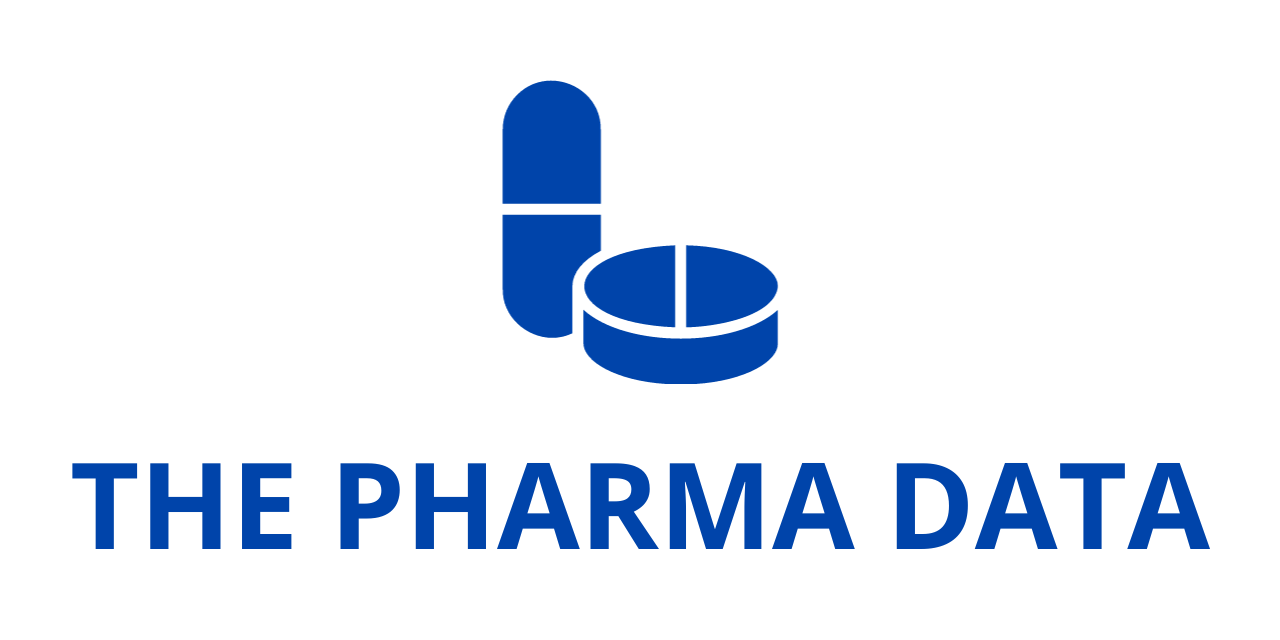
An exploratory analysis of the TROPION-Lung01 Phase III trial revealed that TROP2, as measured by AstraZeneca’s advanced computational pathology platform—quantitative continuous scoring (QCS)—was a predictor of clinical outcomes in patients with advanced or metastatic non-small cell lung cancer (NSCLC) treated with datopotamab deruxtecan (Dato-DXd). For patients with TROP2-QCS biomarker positive tumors, datopotamab deruxtecan demonstrated significantly greater efficacy compared to docetaxel than in the overall trial population.
These findings will be presented at the IASLC 2024 World Conference on Lung Cancer (WCLC) during a Presidential Symposium (PL02.11) hosted by the International Association for the Study of Lung Cancer.
TROP2 is a protein found on the surface and inside tumor cells in NSCLC. Traditionally, TROP2 expression measured by conventional immunohistochemistry (IHC) has not been a reliable predictor for patient response to TROP2-targeted antibody-drug conjugates (ADCs). However, AstraZeneca’s QCS platform, which analyzes digitized tissue images to quantify targets like TROP2 with precision, provides a more accurate assessment.
Datopotamab deruxtecan, a TROP2-directed DXd ADC developed by Daiichi Sankyo and in collaboration with AstraZeneca, was evaluated using QCS in the TROPION-Lung01 trial. This analysis calculated a normalized membrane ratio for each tumor cell. Tumors were categorized as TROP2-QCS biomarker positive if at least 75% of tumor cells showed a ratio below a certain threshold (≤0.56), indicating higher TROP2 levels in the cytoplasm.
The analysis revealed that a higher percentage of patients with nonsquamous NSCLC were TROP2-QCS biomarker positive compared to those with squamous NSCLC (66% vs. 44%, respectively). The biomarker positivity threshold was optimized for progression-free survival (PFS) in nonsquamous NSCLC patients lacking actionable genomic alterations, a group with significant unmet medical needs.
Among patients with TROP2-QCS biomarker positive tumors (60% of the evaluable population, including both nonsquamous and squamous NSCLC), datopotamab deruxtecan reduced the risk of disease progression or death by 43% compared to docetaxel, with a median PFS of 6.9 months versus 4.1 months (hazard ratio [HR] 0.57; 95% confidence interval [CI] 0.41-0.79).
In contrast, the primary analysis of the entire trial population showed datopotamab deruxtecan reduced the risk of disease progression or death by 25% compared to docetaxel (PFS of 4.4 months vs. 3.7 months; HR 0.75; 95% CI 0.62-0.91; p=0.004) as reported at the 2023 European Society for Medical Oncology Congress.
For patients with nonsquamous NSCLC and TROP2-QCS biomarker positive tumors, datopotamab deruxtecan reduced the risk of disease progression or death by 48% (PFS of 7.2 months vs. 4.1 months; HR 0.52; 95% CI 0.35-0.78).
Dr. Marina Garassino from The University of Chicago noted, “While TROP2 is widely expressed in solid tumors, including NSCLC, it has not previously been established as a predictive biomarker for TROP2-directed ADCs. Our analysis demonstrates that AstraZeneca’s precise measurement of TROP2 using QCS can identify patients most likely to benefit from datopotamab deruxtecan.”
Susan Galbraith, Executive Vice President of Oncology R&D at AstraZeneca, added, “This analysis showcases the potential of our computational pathology platform to uncover new predictive biomarkers and improve patient selection for datopotamab deruxtecan. We look forward to expanding our collaboration with Roche Tissue Diagnostics to validate this approach, develop the companion diagnostic, and bring it to clinical practice.”
Ken Takeshita, MD, Global Head of R&D at Daiichi Sankyo, concluded, “The QCS analysis supports the potential of TROP2, as measured by quantitative continuous scoring, as a predictive biomarker for datopotamab deruxtecan. These insights are crucial for refining our understanding of how to better identify NSCLC patients who may benefit from our TROP2-directed ADC.





